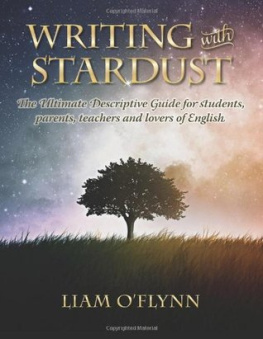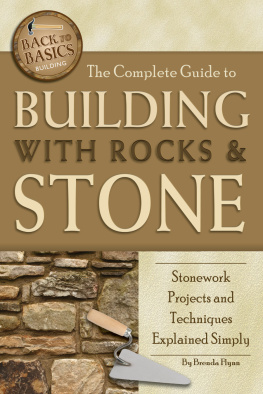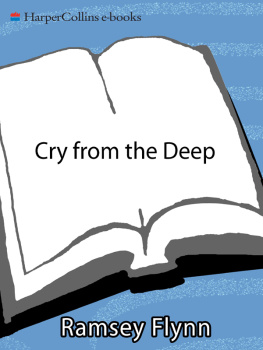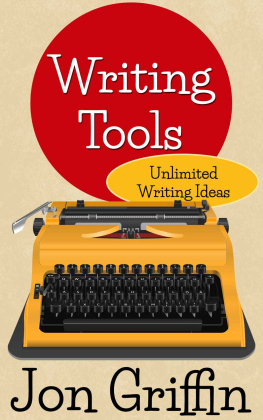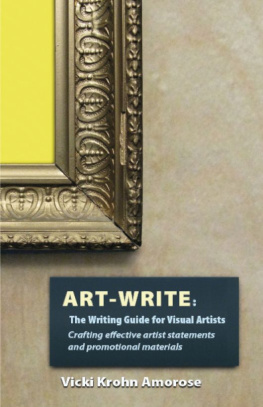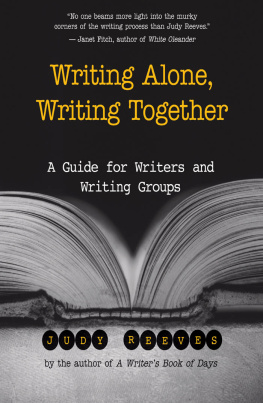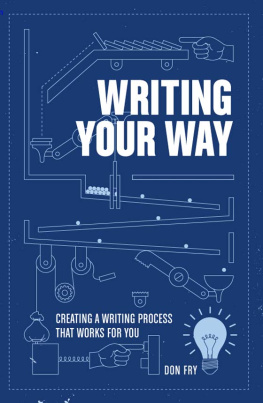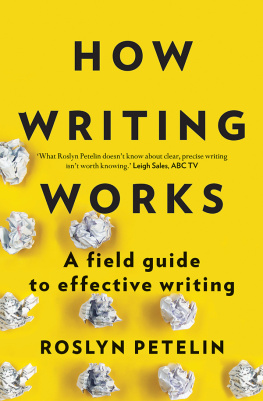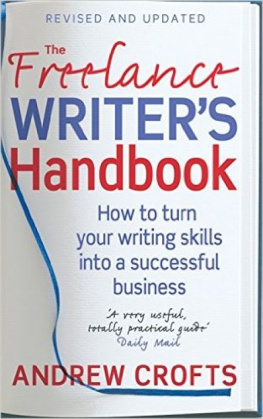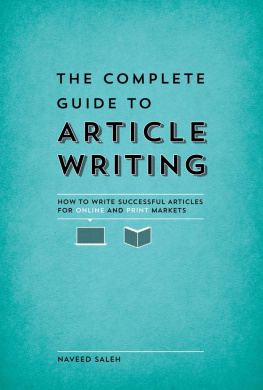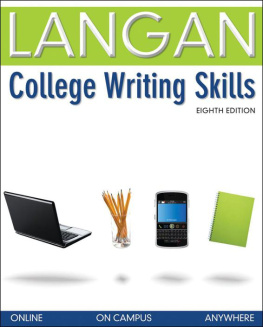FOREWORD
Writing with Stardust will launch your writing skills into a different orbit. It not only shows you how to write , it teaches you how to look at the world with an artists eye.
Spring is described as natures defibrillator in the book. In the same way, the techniques used here will be the high voltage pacemaker you have been looking for in your writing. You will be swept into a world of enchanting words and magical expressions.
Ready to greet you are females with constellation-blue eyes and megawatt smiles. Males with Hercules-gold hair move like panthers in slow-mo. Thumb plump bumblebees, wings a-thrum, loot from honeypots of mustard-yellow flowers. Sky punching mountains rear into the sky and emblazon their reflections onto moonshine clear lakes. Willowy waterfalls swoop into infinity pools while the stars above sparkle like angel fire. You will smell the candied perfume of the meadow and the woody incense of the forest. Pine and peat, mint and meringue; all the smells and tastes you could wish for are inside. Join me on a multisensory voyage of discovery that will change the way you think forever.
Nature can be a cruel mistress, however. Some chapters are devoted to its dark and stormy side. Blood-red moons leer over boiling seas while mariners try to defy ancient curses. Grim faced men fight for their lives under starless skies and sun blasted deserts burn hotter than Greek fire. You will encounter basilisk-eyed monsters, clouds that wear the garb of the damned and lightning that flashes like the cold, gold prongs of the Apocalypse.
The book provides a platform for students, parents, teachers and lovers of English to launch their descriptive powers into a new orbit. That is why there is a reference to stardust in the title. The grids contain words for five different levels of ability. Whether you are a young English student or a seasoned scribe, you will find that this book will change the way you think about descriptions forever.
There is a Quick Reference Guide at the back of the book. It includes the colours, sounds, smells, sensations and tastes of spring, summer and autumn. There are also 200 magical words that are carefully chosen to transform your essays on nature. One of them is eunoia. This means beautiful thinking. This book promises that if you can combine eunoia with Writing with Stardust you will become a descriptive writer without peer.
*Blog @ www.descriptive writing.wordpress.com
Accompanying video on YouTube entitled Writing with Stardust
Email Liam at oflynn.liam42@gmail.com
TABLE OF CONTENTS
Foreword 1 | Table of Contents 2 |
Different Narrative Styles 3-4 | Rivers and Streams 5-10 |
Using Colour 11 | Mountains 12-19 |
Diction and Imagery 19 | The Beach 20-26 |
Metaphor 27 | Waterfalls 28-34 |
Simile 35 | The Forest 36-42 |
Pathetic Fallacy and Personification 43 | Lakes 45-50 |
Euphony 51 | Spring 52-58 |
Alliteration 59 | Summer 60-66 |
Archaic Words 67 | Autumn 68-75 |
Assonance 76 | Winter 77-84 |
Repetition 85 | Monsters 86-92 |
Triplication 93 | The Desert 94-101 |
Onomatopoeia 102-103 | Battle Scenes 104-110 |
Planning With The Grids Level 1 111-113 | The Mist, Rain, Flood Rivers 114-119 |
Planning with The Grids Level 5 120 | Thunder and Lightning 121-129 |
Using A Dictionary and Psychology 130-131 | The Dark Forest 132-139 |
Spellings 140 | Describing Females 141-144 |
Creativity 145 | Describing Females 146-152 |
Syntax 153 | Describing Males 154-157 |
Using Formulas 158-159 | Describing Males 160-166 |
Describing the Rain 167-177 | Describing the Sun 178-179 |
Describing the Moon 180-183 | Describing the Stars 184-185 |
Describing Spring Grids 186-188 | Describing Summer Grids 189-191 |
Describing Autumn Grids 192-194 | Sounds of a Calm Sea 195-196 |
Sounds of an Angry Sea 197-198 | Formulas for a Horizon/Sea Sky 199 |
100 Magical Words Grid 200 | 100 Magical Words Grid 201 |
DIFFERENT NARRATIVE STYLES
There are a range of narrative styles one could use in a descriptive writing passage. By far the most effective is the fly-on-the-tree technique. This involves the narrator, the person telling the story, pretending that he can see everything from a height, just as the fly can. The narrator should also share the experiences of taste, smell, sound and sensation with the reader, even if the fly cant! It enables the storyteller to give a scope and a sweep to the imagery that might otherwise be too confined and too linear (one dimensional). This technique is also known as omniscient (all-seeing) narration. By using this narrative style, one may add variety and give a perspective that is both varied and detailed. It also prevents any monotony setting in for the reader.
The best advice a teacher or parent can give is to tell their budding scribes to look up first, then to look down and, finally, to look around when creating a scene. Try to describe the colour of the sky, the shape of the clouds or the movement of a bird. This creates a setting, just as a landscape painting should have a background. Then add in the smaller details that are under your eye level. Finally, describe the scene as you are walking and let it unfold in front of you.
Visualise a still painting of a forest in your mind, for example. Lets assume the sky above it has been coloured in with a lush, peacock-blue colour. The clouds are scattered and puffball-white and an eagle is frozen on the canvas with his wings outstretched above you, ready to strike. This is a good start to a passage. It sets the scene by establishing your location (the forest), the season (summer) and the possibility of a dangerous plot developing (i.e. is the eagle hunting you or something else?). Once the background features have been painted in, the plot (story) can begin to take any shape you want it to.
Similarly, if you have that priceless ability to imagine and paint in the smaller details which others might not include, it gives your story creativity and originality. This is what I call laser-eyed attention to detail . Is it possible you were walking by a river bank in the forest? Could the eagle be an osprey, a fish eagle, perhaps? Can you describe the sound he makes as he swoops past you? Does the silver belly of the fish glisten in his talons in the dawn light? Are the eyes of the eagle nectar-gold and bright or scarecrow-black and lifeless? By including minute details such as these, you are breathing life and imagination into your story. More importantly, these techniques can be developed by any parent or teacher. The key is to have a questing and inquisitive mind when educating a child. Asking them high value questions on colours, images, sounds, smells, sensations and tastes will improve their writing beyond recognition. There is an old adage which states: In simplicity lies genius. Using the formulas contained in the book will guide students toward the pursuit of excellence.
There is another narrative technique which I call zoom narration . This can be very effective when you are describing a beach trip, a mountain climbing expedition or a thundery day, amongst others. It requires forward planning, but it is very enjoyable to read when it is completed. In the Waterfall chapter, Level 5, this technique is employed. The idea is to develop your key sounds and images from a faraway perspective. As you get closer, the sounds become louder and the image of the waterfall becomes clearer. The words are sequenced throughout the text, so much so that they seem to appear randomly. The sequence appears in this order:
Next page
